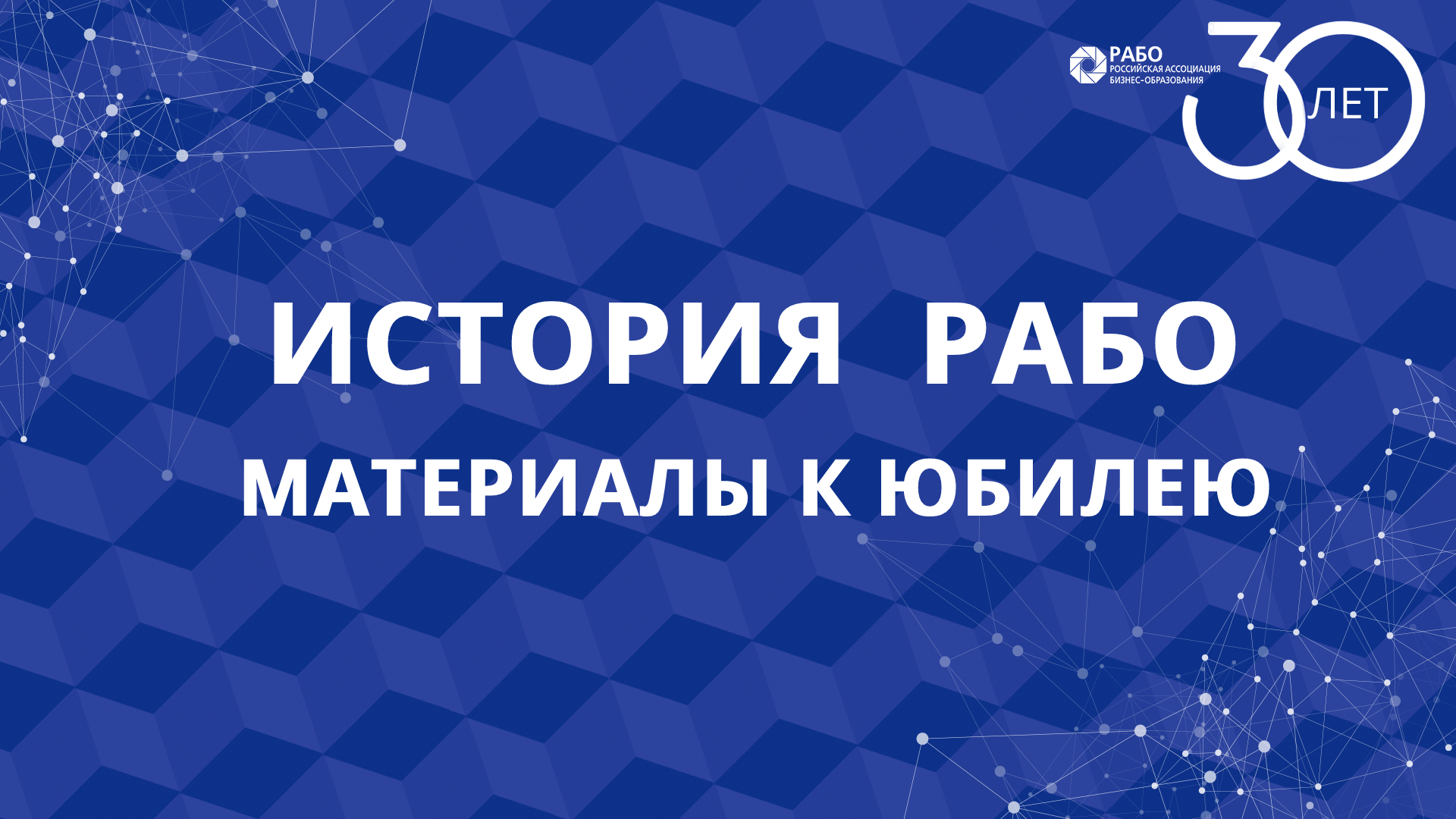Political analysis and public choice
С открытой датой
Описание мероприятия
Язык обучения: английскийОписание программы
This course introduces you to the analytic techniques of public choice theory. The topic of the course goes under many different names: public choice, rational choice, political economy, analytic politics, political economics. Essentially it involves a technique for studying political institutions and processes in order to understand better the structural forces that lead to public policy outcomes that different types of institutions lead to. It involves abstracting from institutions and processes those elements the analyst considers are the most important. Representing those elements in simple models the analyst is able to manipulate the conditions of those elements and see what we should expect to happen. The simple models produce implications usually called predictions or hypotheses. We see how far the real world departs from those predictions using qualitative or quantitative evidence, and can begin to see whether or not our simple models do map fundamental structural forces. The techniques involve going under the surface of politics and political institutions to analyse the structural and causal forces that lead to types of outcomes.
Aims and objectives
- To have a working knowledge of public choice theory - its assumptions, ‘tools’ and limitations
- To understand some of the core arguments of public choice and their application to political institutions and processes
- To be able to apply these arguments and principles to new political situations, institutions and complex political processes in liberal democracies.
Assessment
This course is assessed by a three-hour unseen written examination.
Учебный план:
Part A - Toolkit and Fundamentals
- Models and Modelling: Introduces some of the basic ideas of the toolkit of public choice and how models are used to help understand political processes and institutions.
- Individual Rationality: Defines rationality in rational choice models.
- A Simple Model - Black’s Median Voter Theorem: Explains the median voter theorem which will be used several times in this course.
- Collective Rationality: Demonstrates the Condorcet cycle, and describes the results of Arrow's theorem, showing that individually rational actors may not describe a collectively rational entity. 5. Collective Choice: Illustrates some of the problems of collective choice from the results of topic 4.
- Collective Action: Explains the collective action problem and some strategies for overcoming it.
- Simple Game Theory I: Explains some simple game theoretic principles, describes some toy games, and how they illustrate different collective action problems.
- Simple Game Theory II: Continues explaining some simple game theory.
Part B - Parties and Legislatures
- Two-Party Competition - Deterministic Model: Explains the Hotelling/Downs model of two-party competition and compares to the median voter theorem. It shows why two parties may converge on the median voter.
- Two-Party Competition - Probabilistic Model: Explains why parties may not converge if voters and parties do not have complete information about their preferences.
- Multi-party Competition: Examines what might happen under multi-party competition in Downsian models.
- Forming Coalition Governments I: Explain the principles underlying coalition theory. Explains minimum winning coalitions, minimum connected winning in a single ideological dimension. Explains the cycling problems that emerge when there is more than one dimension.
- Strong Legislatures: Introduces structureinduced equilibrium and the role of committees in strong legislatures. Introduces first, second and third generation models and the role of the party.
- Forming Coalition Governments II: Explains how strong parties can reduce the cycling problem. Explains how structure-induced equilibrium can be used to explain coalitions in the portfolio allocation model.
Part C - Government and the State
- Controlling the Bureaucracy – Shirking and Shifting: Introduces the principal-agent model. Explains shirking and how government and legislatures may try to control it. Explains policy drift. Shows how bureaucrats with policy preferences may shift policy implementation away from that desired by elected politicians.
- Controlling the Bureaucracy – Shaping: Discusses organisational change within bureaucracies and the processes by which line-bureaucracy has been replaced by agencies.
- Pressure Politics – Rent Seeking: Examines the pressure group system and how agencies may become captured by clients.
- Pressure Politics – Information: Examines more recent models which suggest that pressures provide information for bureaucrats.
- Growth of the State?: Examines claims that the state has grown. Looks at the ‘leviathan’ model.
- Decentralization: Examines how decentralization may control the growth of the state, and the welfare problems decentralization might bring.
Результат обучения:
At the end of this course and having completed the essential reading and activities students should be able to:
- show how rational choice models can be applied to political institutions and processes in order to understand their mechanisms
- demonstrate how essentially the same processes may work in entirely different institutional settings
- show how the rational actor model can be applied to any situations involving human action
- explain the function of the important institutions in modern liberal democracies.
Требования к поступающим:
If taken as part of a BSc degree, courses which must be passed before this course may be attempted:
- EC1002 Introduction to economics or
- PS1172 Introduction to political science or
- PS1114 Democratic politics and the State.




